Today we share an article Nick has written exclusively for our site. This topic is especially relevant in my own life as I am currently living in two different states on opposite sides of the country - one in the summer and one in the winter. Having a pet has been a challenge for sure and as more and more of us are retiring or able to work remotely, multi-state living has become a real option for many of us.
This article will be a great resource for anyone considering multi-state living, either now or in the future.
Owning and managing properties in several states is a lot of work - especially if you’re a pet owner, too! Caring for your furry friends while moving between homes can take up a lot of time and energy. By looking up expert pet care advice from Loyal Pit Bull Love, you can ensure that you’re always meeting your pets’ needs. Plus, these tips will help you outfit your homes, choose the right insurance policies, and more!
Keeping Your Homes Stocked
Do you find yourself packing up lots of pet care items to cart between your properties? Instead of dealing with this dilemma time after time, you can ensure that all of your properties are stocked with essential items for your pets. For example, you’ll want to keep crates, harnesses, leashes, treats, food, and even medications in your separate properties.
When you’re shopping for pet care items, you might look up product reviews. It never hurts to check out customer ratings, but reviews from veterinarians should carry more weight. You can find pet retail websites that include expert reviews from veterinarians.
Choosing Insurance Policies
If you own homes in multiple states, where should you take out insurance policies? By splitting your time evenly between states, you can simply enroll in insurance plans in the state that offers cheaper policies. This is an easy way to save on car insurance and health insurance. However, you can also use this approach to find affordable pet insurance for your animal companions!
Organizing Your Life
As a pet owner, you need to stay on top of your pets’ routines so that they will always feel happy and healthy, regardless of which home you’re staying in at a given time! Come up with a system that allows you to take care of your pets’ needs upon arriving at one of your properties. Hiring pet sitters or dog walkers in each area can help - when you get home, you can schedule them to come give you a hand!
Saving Money
Moving around frequently can get pricey. To ensure that you’re not overspending in unnecessary areas, you can make some budget-friendly lifestyle changes. Stock the pantries and deep freezers in your homes with non-perishable foods so that you won’t waste your grocery budget. Furthermore, consider swapping your cable bill for streaming subscriptions to watch whatever you want, wherever you want!
Managing Your Cost of Living
Moving between several states means that you’ll notice wildly different costs for many essential living expenses. By taking advantage of lower costs in certain states, you can easily keep your cost of living under control. For example, these necessities will generally have a wide range of prices across state lines:
- You can find a storage unit quick in Los Angeles, CA, for approximately $212.20 per month.
- On average, owning a dog in Hartford, CT, will cost you around $1,350 per year for basics like supplies, food, vet visits, medications, and more.
- Mass Bay Movers states that renting in Boston, MA will run you about 62.67% more than renting in Providence, RI.
- The average monthly cost of health insurance in New Haven, CT is generally about $575.
- If you’re buying groceries in Manchester, NH, Payscale states that you can expect to spend about 4% more than the national average.
Living across multiple states as a pet owner is definitely overwhelming at times. But by managing your time and money well, you can make it work. With these strategies, you can stay organized, save money, and make smart pet care decisions!
Interested in adopting a pit bull? Learn more about these amazing dogs on Loyal Pit Bull Love! Visit our website today to get answers to all of your big questions about pit bulls.
Photo via Pexels
Be sure to visit ourbestdoggo.com for tips, resources and support. A must for all pet lovers!
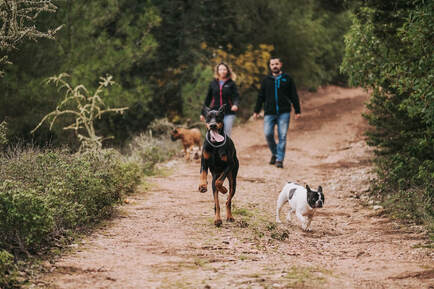
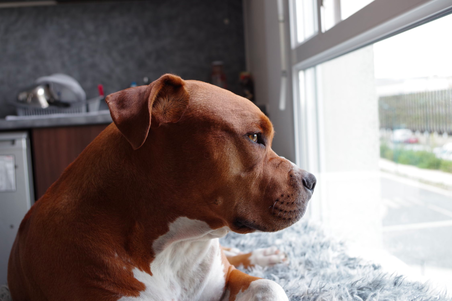
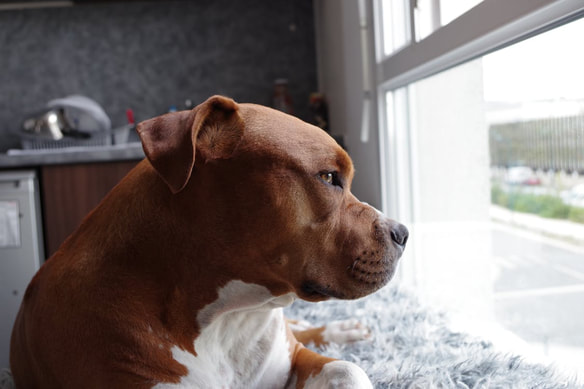
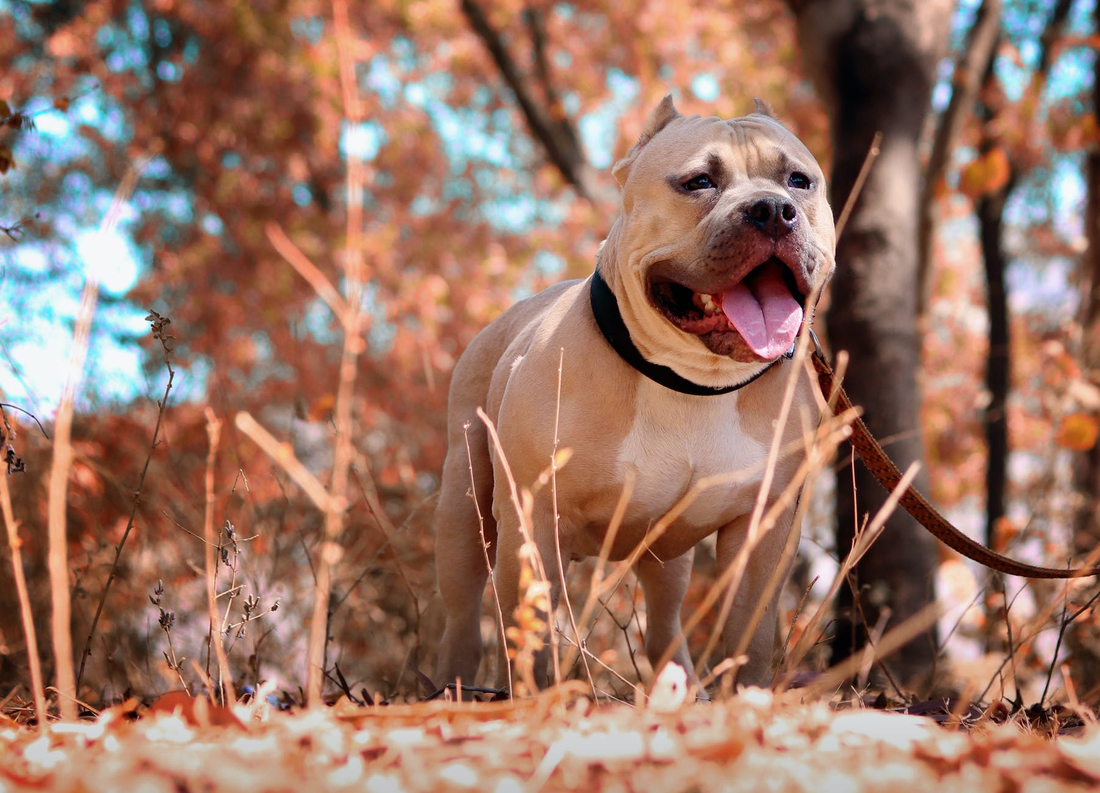
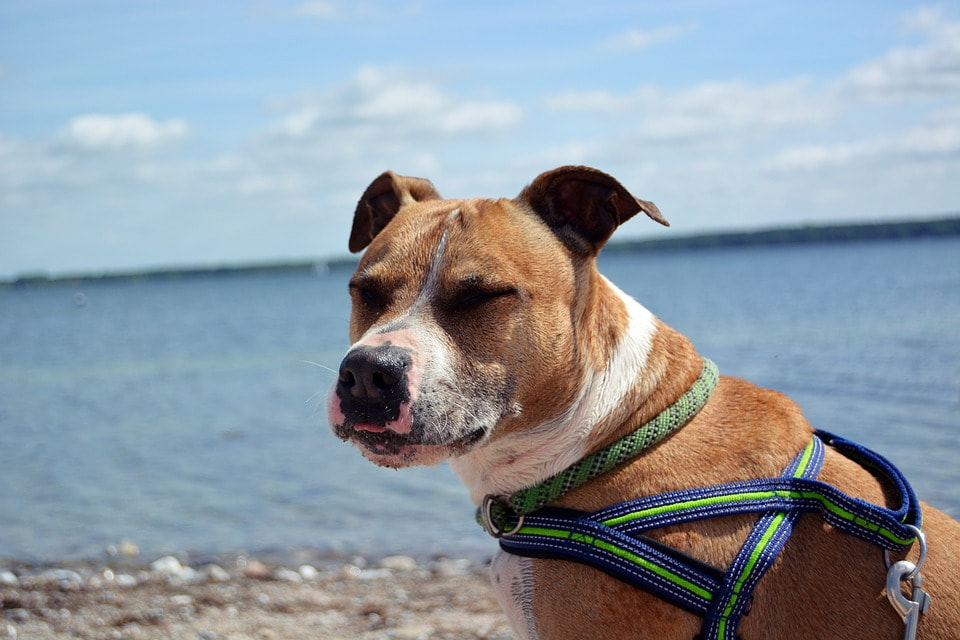
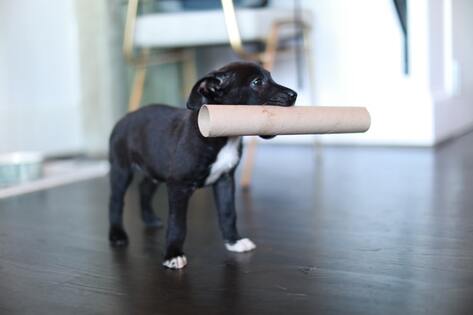
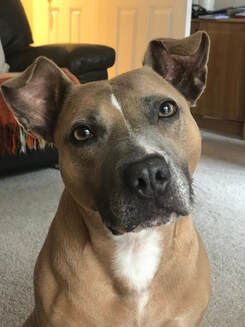
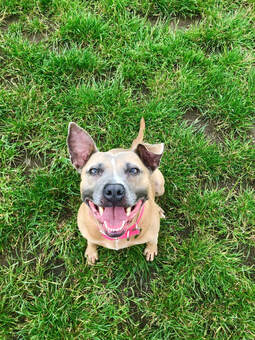
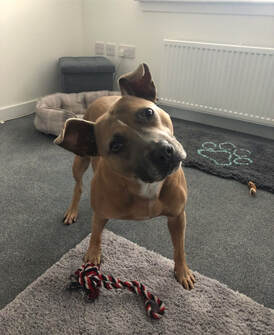
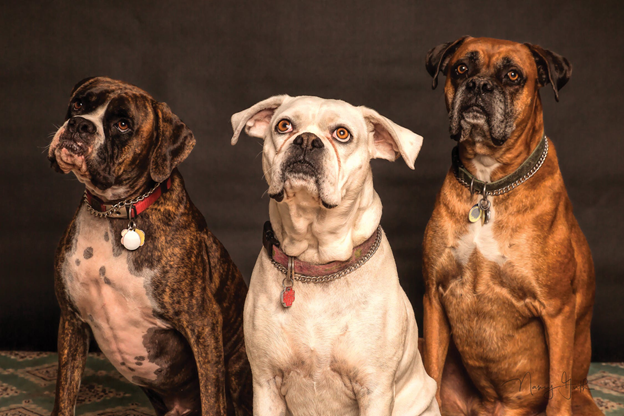
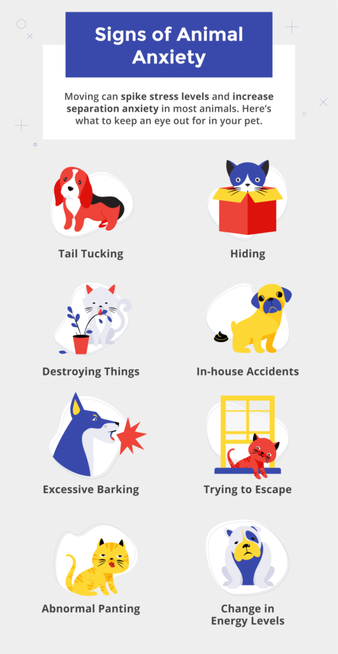
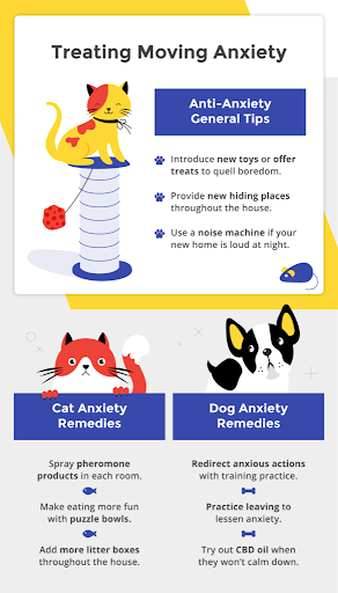
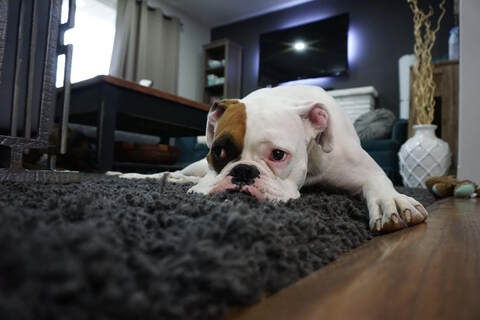


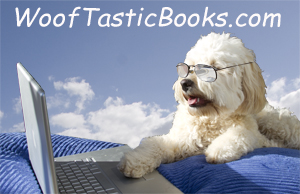

 RSS Feed
RSS Feed